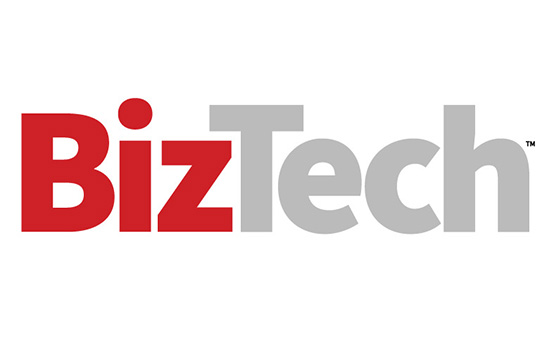How IT Asset Management Has Changed
In the past, managing IT assets meant keeping tabs on hardware and software using a mix of spreadsheets, purchase records and maybe a discovery tool or two. Today, organizations operate across hybrid environments with complex software portfolios, distributed workforces and — especially in financial services — intense regulatory oversight.
Modern asset management demands a more intelligent approach, one that provides visibility not only into what you own but also who is using it, how it’s being used and what it’s costing you.
That’s where our partnership with Asato comes in. Asato is a business observability platform that helps organizations bring together existing data sources related to hardware and software assets, users and contracts — all in one place. Combining this data unlocks new insights for better decision-making. To deliver this capability, we start with a professional services engagement we call this the “Asset Clarity Lab.” From there, you gain ongoing access to the Asato platform, where you can generate insights on demand.
EXPLORE: What is AI’s role in financial compliance?
Rationalizing Assets for M&A and Beyond
One area where this capability comes in handy is during a merger or acquisition. M&A is a common path to growth, but blending two technology environments is never easy. The acquiring organization often has preferred standards for hardware, applications and processes. Before it can apply those standards, it needs to understand what the acquired organization actually has and how it’s being used — and that’s not always straightforward.
Asato helps financial institutions perform this discovery with speed and precision. It combines network logs, Active Directory data and contract information to build a detailed view of assets in the acquired environment. Even when the acquisition involves only part of an organization, or when access to systems is limited prior to the acquisition’s closing, Asato enables smarter decision-making based on partial but actionable data.
Which applications support critical business functions? Are redundant tools being paid for but underused? Where can we consolidate licenses without impacting operations? Asato makes it easy to quickly answer such questions with minimal disruption.
Click the banner below to read more stories from our new publication BizTech: Financial Services.














